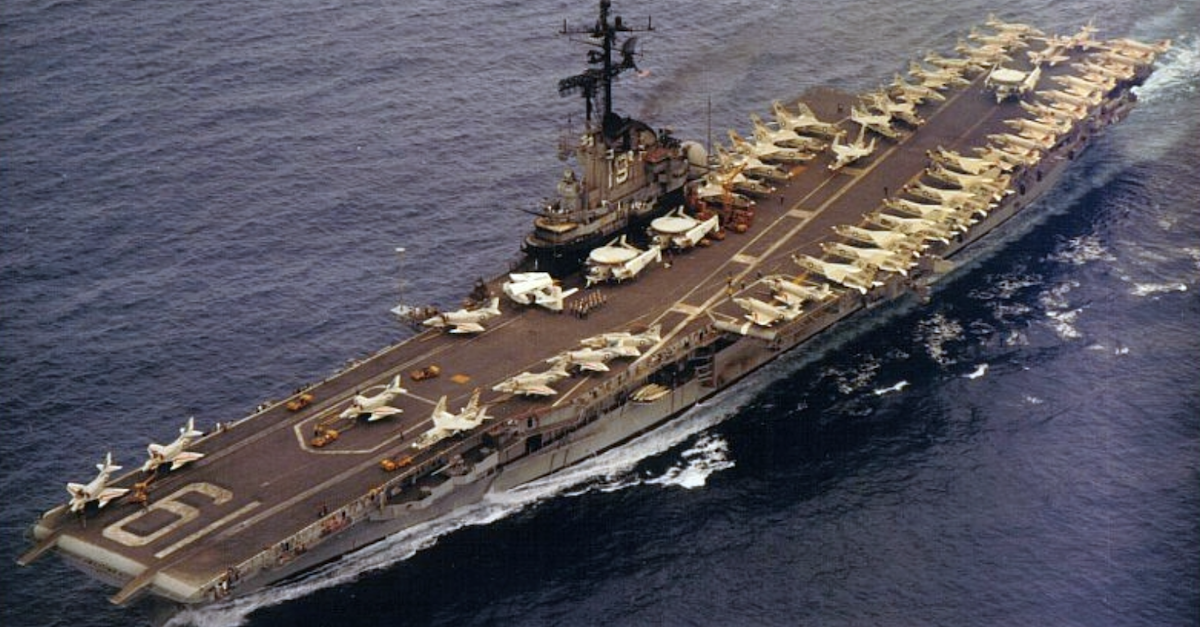Today in military history: US retaliates against N. Vietnamese

SUMMARY
On Feb. 7, 1965, America responded to North Vietnamese attacks on U.S. bases with retaliatory air raids.
On the seventh of February, the Viet Cong attacked the U.S. installation at Camp Holloway in the Central Highlands of South Vietnam, killing eight U.S. soldiers and injuring over 100 more. The attack ultimately triggered a decision by President Lyndon B Johnson to commence Operation Flaming Dart.
In just twelve hours, forty-nine U.S. Navy jets off the Northern Vietnam coast targeted communist military barracks and critical ports at Dong Hoi. 7th Fleet carriers USS Coral Sea and USS Hancock dropped bombs and rockets on the Vietnamese guerrilla training camp while a second wave of attacks by South Vietnamese planes bombed Northern communication centers.

Johnson hoped that these retaliatory raids would discourage future attacks against the U.S. and South Vietnamese but unfortunately, the Viet Cong would strike again just days later.
There were a lot of things Johnson got wrong about Vietnam. His administration’s failure to understand their enemy meant the U.S. would remain embroiled in a war they could not win for years. By 1968, casualties were the highest of the war to that point and North Vietnam had just scored a major PR win with the Tet Offensive.
If the war in Vietnam wasn’t bad enough, the cultural fabric of the United States itself was upended during his administration. America experienced cultural revolution after cultural revolution, as Black citizens demanded their civil rights, women fought to change their societal roles and America’s youth demanded a louder voice.
After finishing the late JFK’s term and serving one of his own, LBJ would decline running for a second term and leave the chaotic war for someone else to finish.
Featured image: The U.S. Navy aircraft carrier USS Hancock (CVA-19) leaves Pearl Harbor, Hawaii, en route to Vietnam after a change of command ceremony for Commander, U.S. Pacific Command, Adm. John S. McCain relieved Adm. Ulysses S. Grant Sharp on July 31, 1968. Hancock was deployed to Vietnam from July 18, 1968 to March 3, 1969.
SHARE
